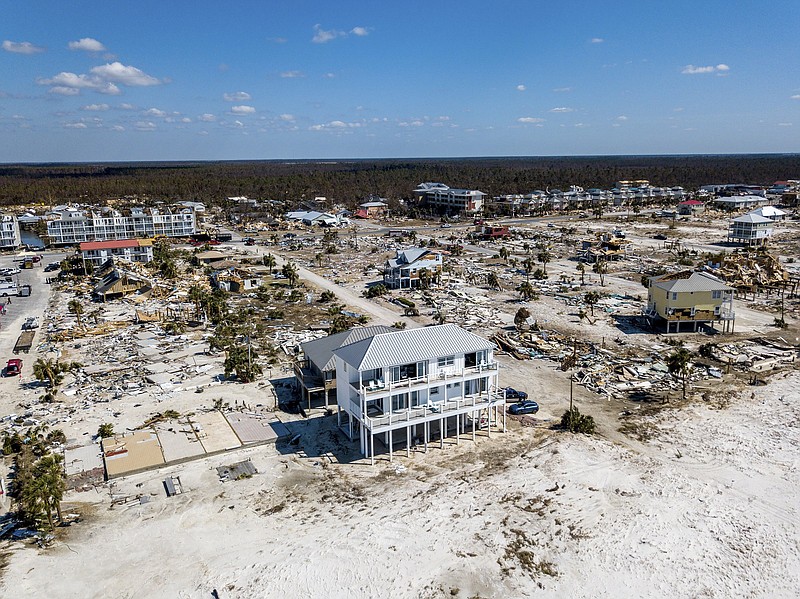In the wake of Hurricane Michael and other natural disasters to hit the U.S. over the past year, Catoosa County is beginning the update process for its Hazard Mitigation Plan.
The plan, last updated in 2017, identifies risks and vulnerabilities presented by natural disasters from flooding to earthquakes, and develops long-term strategies to protect citizens and property from such catastrophes.
Though the plan is required to be updated every five years in order for the county to remain eligible for federal funding for mitigation-related projects - putting the next update in 2022 - Emergency Management Director Dennis Thayer said the county is constantly looking to see what could be changed or improved.
The need to be prepared is more pressing, he believes, as the East Coast was rocked by two hurricanes this year alone, and Hurricane Irma in 2017 caused a state of emergency to be issued for all 159 counties across the state of Georgia.
"I think there's a change in our climate, and I think it's probably cyclical," Thayer said. "Until that cycle changes, the potential is there to see more hurricanes."
In the event of such a disaster, Thayer said the main issue would be getting critical infrastructure such as power, water, communication and transportation back up and running in a reasonable amount of time.
"For every day the system's down, it's that much greater of a stress on the community," he said. "It's one thing to survive a couple hours, but when you're out for days, you're starting to look at your at-risk populations having to be moved."
In Catoosa County, transportation could be a major hurdle, Thayer speculated, as the area is very heavily treed, and fallen trees in the roadway would likely delay emergency responders. To prepare for that scenario, emergency officials will need to ensure they have adequate resources to clear the roadways as quickly as they can.
"In a large-scale incident like that, there is no way of having adequate resources the first couple days," admitted Thayer, who recently helped with Hurricane Michael relief efforts in Calhoun County as part of an incident management team for the Georgia Emergency Management Agency. "No matter how much you have on hand, it's not going to be enough."
For that reason, Catoosa has processes in place to request the needed assistance from organizations such as the Georgia Forestry Commission and Department of Natural Resources, he added.
Though power companies have their own processes for getting their systems back online, Thayer said he's also focusing on determining which critical facilities within the county have backup generators and which don't so that emergency officials can plan ahead. Thayer said he saw the need for such early measures during his recent response efforts in a city where responders realized too late that there was no backup power for their lift stations, which move wastewater from lower to higher elevations.
"So while people may have had water, they didn't have sewer working right, so we had one city where sewage was running down the road," he recounted, explaining that the goal is to be able to quickly access portable generators in the event of a disaster.
Thayer said a draft for the Hazard Mitigation Plan is expected to be ready for county officials' approval by 2021, after being approved by GEMA and the Federal Emergency Management Agency.
Email Myron Madden at mmadden@timesfreepress.com
